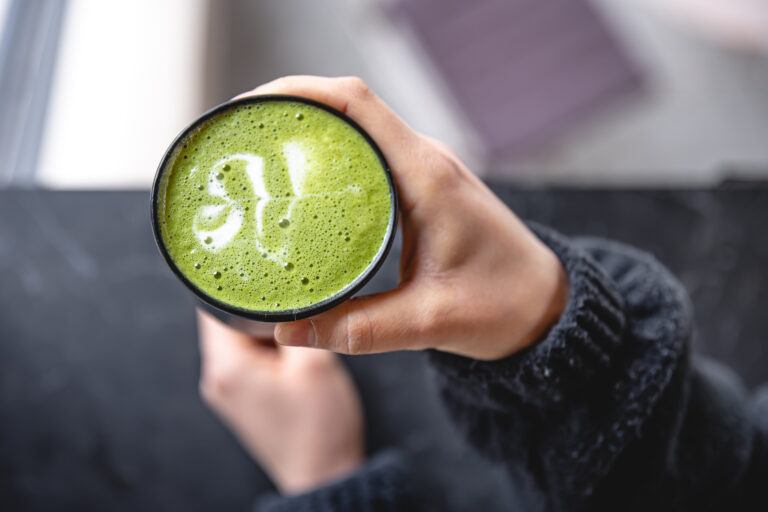- Recent celebrity trends saw the return of the late 20th-century “heroin chic” body type.
- Experts warn of the poor mental health conditions linked to this trend, including eating disorders and drug addiction.
“Heroin Chic”: A Concept
“Heroin chic” is a beauty type popularized in early-1990s fashion by the likes of American supermodels Gia Carangi and Kate Moss. The style is characterized by traits associated with the abuse of heroin or drug culture, namely:
- Pale skin
- Dark circles underneath the eyes
- Waifish and emaciated features
- Androgyny
- Stringy hair
Heroin Chic Body And Mental Health
This exclusive body image is also said to fuel negative thoughts around body acceptance and equate thinness with happiness and acceptance.
The poor mental health impact of the heroin chic body type also includes the onset of:
- Eating disorders
- Sleep disorders
- Drastic weight fluctuations
- Obsession with diet culture
- Fatigue
- Body aches
- Deficiency diseases
Fitness Influencer Culture And The Return Of The “Heroin Chic”
Celebrities and influencers like Bella Hadid, Kim Kardashian, and Ariana Grande have contributed to the return of the heroic chic body type.
Fitness influencers on social media have also followed suit, fuelling dangerous platforms that pedal fatal eating habits and workout routines without regulation.
In fact, recent trend forecasters, articles, and observations of celebrity body changes have also sparked the declaration that “heroin chic” bodies are back in vogue.
However, contending claims state that even though skinny worship rages on, the “heroin chic” is far from its regeneration and mainstream acceptance. The most influential of all media, social media, has emerged as an authoritative voice in fashion and allows for different types of body types to be celebrated.
Moreover, people have become more cautious of the negative mental health impact of the heroin chic body type. Many have recently re-interpreted the body type as an effortlessly cool demeanor, akin to bohemian or french vintage style.
Addressing Diet Culture And Toxic Fashion Trends
There is a never-ending frenzy around diet culture and toxic fashion trends. Social media platforms like TikTok have become a hub of fast fashion and toxic wellness culture, as well as their accompanying misinformation. At times, it becomes difficult to filter out the positive from the negative, the healthy from the harmful.
Consider the following measures to address such negative trends:
- Advocate and practice media literacy. Understand what comes across as positive or negative information on media platforms, online or offline.
- Advocate body positivity and body acceptance.
- Prioritize your mental and physical health over fleeting fashion or wellness trends.
Dr. Paakhi Srivastava, of the WELL Clinic at Drexel University, elaborated: “When people are exposed to these terms in their daily lives, they feel guilty or ashamed that their own body doesn’t match up to these idealized body types. [They] feel compelled to fit into trending body types and engage in unhealthy behaviors such as extreme dieting, fasting, purging, excessive exercise, body checking—all of which are gateways for eating disorders.”
Know More About –
Related Articles –
- Why You Should Never Put Your Kids On A Diet
- 8 Questions To Ask Before Going On A Diet
- Why Body Image Has Nothing To Do With How Your Body Looks



